by Ken Guzowski, with Janet C. Gilmore

Dorothy Gilmore waiting on the ferry at Port Townsend, on the way to the SAH/MDR annual meeting in Bellingham, 2005. Photo by Ken Guzowski.
Dorothy Gilmore passed away contemplating her husband’s “Our Place, ‘61” oil painting at her beloved home and deer park in the south hills of Eugene, Oregon during the 2015 Spring Equinox. Dorothy, and fraternal twin Donald, were born in 1922, in Seattle, Washington, to parents “H.C.” (Harold C.) and Dorothea (Haskin) Hanson. H.C. Hanson was a prolific marine architect and engineer responsible for designing and supervising construction of numerous Pacific Northwest work boats, including commercial fishing and fisheries management vessels, tugs, barges, war-time minesweepers, patrol boats, and pleasure boats. The reputation of his boats for grace and seaworthiness, and his pioneering adaptation of welded-steel construction to work-boat design, resulted in adoption of his plans for working vessels well beyond the Pacific Northwest. Dorothy’s experiences drafting for her father’s marine design business on Seattle’s Coleman Dock during her teens, and later drafting for Boeing during World War II, prepared her well for a career in architecture during a time when more women were entering the field.
Inspired deeply by the design and educational philosophy of W.R.B. Willcox at the University of Oregon School of Architecture and Allied Arts, Dorothy earned her Bachelor of Architecture degree in 1950, after graduating with a B.A. in 1944. Dorothy’s marriage to fellow Architecture student Philip C. Gilmore (1921-1996) in June 1948, kept her actively perpetuating the Willcox legacy in her practice, family and social life, and with their cohort of Pacific Northwest architects and artists, until her passing. For decades, conversations about architecture and art, experiences and ideas, teaching and thorny aspects of design projects peppered Dorothy and Phil’s conversations and informed their architectural practices.
While Dorothy occasionally crafted the fine detailing for Phil’s design projects, from the 1960s into the 1990s, Dorothy took the design and supervisory lead on numerous residential remodels and original designs in western Oregon, especially in Eugene and on the Oregon Coast (including their residences), and especially for women clients. A pair of noteworthy 1970s Eugene examples include the remodel of an early 20th century two-story Craftsman style wood frame house on E. 19th to accommodate the Book and Tea book store and kitchen, for clients Mary Faust and Patricia Clift. The second example, the Phyllis Kerns House in the Laurel Hill Drive area, placed Kerns’ whimsical interpretations of space in the conceptual frame of a historical one-story hip-roofed vernacular house type with wraparound veranda that had taken Dorothy’s fancy when she spent 1968-69 in Tasmania, Australia, exploring its architectural history. Her designs characteristically synthesized historical and contemporary architectural features, precariously balancing decorative flourishes with functionality, while emphasizing clean lines, formal clarity, and structural lightness; they invited light in and views out to engaging vistas. During the height of her architectural practice, Dorothy also mentored several women architecture students, and served as an adjunct architectural design professor, at the University of Oregon.
In 1974 Dorothy was appointed to serve on Eugene’s first Historic Review Board. She was proactive in seeking protection for significant historic buildings and landscapes as City of Eugene Historic Landmarks or for nomination to the National Register of Historic Places. Her knowledge and appreciation of Eugene’s architectural legacy, whether historical or innovative designs, places with special social histories, or the work of known colleagues and mentors, motivated her to preserve old Eugene especially in response to the losses that urban renewal had wrought downtown beginning in the ‘60s.
Also in the 1970s, Dorothy contributed to Phil’s University of Oregon sabbatical year project to audiotape interviews that Phil organized and conducted with former students of W.R.B. Willcox. Willcox had joined the U of O’s Department of Architecture as Dean in 1922, and continued to influence and interact with students after his 1942 retirement until his death in 1947. Dorothy helped Phil organize these recordings and supporting documentation for deposit at the University of Oregon Libraries’ Archives. These interviews provide an understanding of Willcox’s architectural theories and educational philosophy as described by these students of the modern era of architectural design, and demonstrate Willcox’s continuing influence in the Pacific Northwest’s architectural legacy. Gilmores’ and colleagues’ commitment to the Willcox influence inspired numerous salon-like social gatherings well into the 21st century, leaving their mark on later generations of Pacific Northwest architects, designers, artists, and their offspring.
Dorothy was active in the Marion Dean Ross Chapter of the Society of Architectural Historians and served as secretary-treasurer from 1974 through 1982. She enthusiastically attended regional meetings on a yearly basis throughout the Pacific Northwest for over forty years.
Dorothy’s cheerful outlook, imagination, and sense of humor, allowed her to encourage the best in other people and work effectively with her clients. Open eyes and an open mind, as well as a keen appreciation for architectural heritage, theory, and detail, characterized her curiosity of the world around her and found expression in graceful, innovative, and functional designs for complex architectural landscapes.
Dorothy is survived by her three children, Janet, Andy, and Ben Gilmore, Janet’s husband Jim Leary, and grandchildren Bella and Finn Leary.


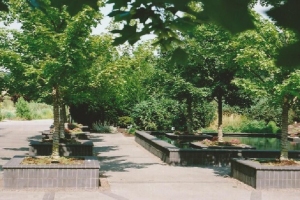


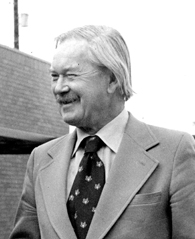

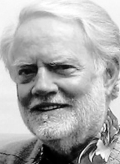
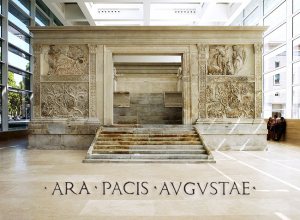
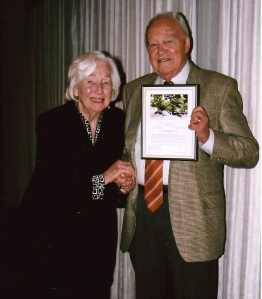
You must be logged in to post a comment.